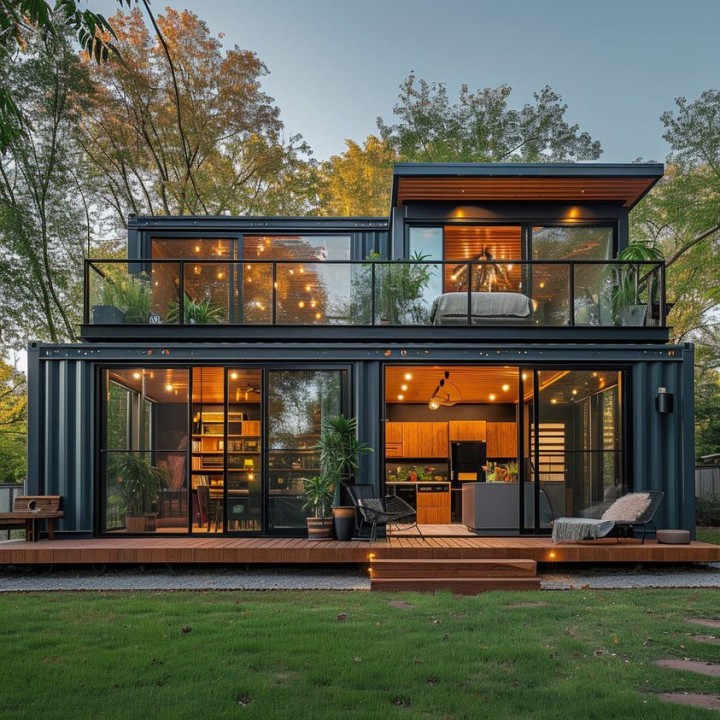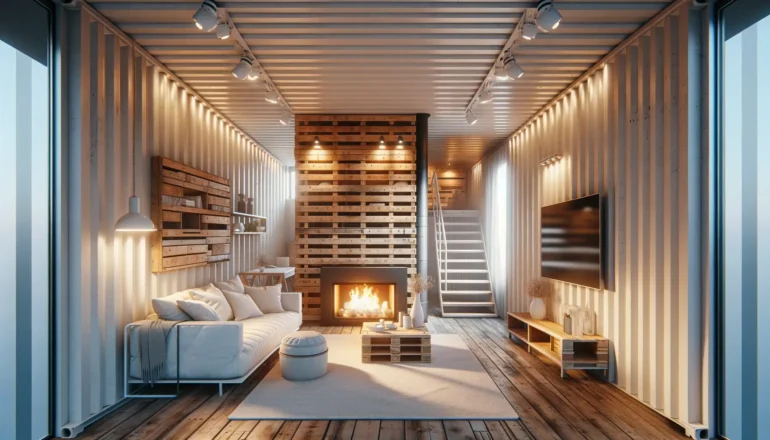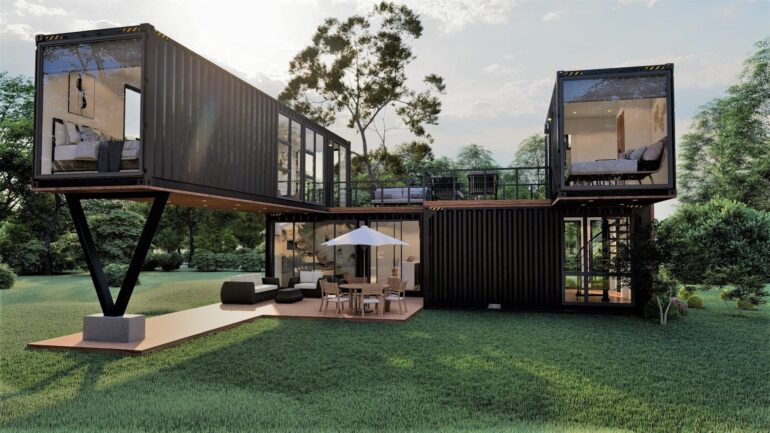Made from recycled shipping containers, container homes are becoming more and more well-liked because of their low cost, eco-friendliness, and distinctive design. It may be difficult to persuade your partner that this unusual house decision is a wise one, though. This book will assist you in highlighting the advantages and busting myths around container homes.
The Benefits of Container Homes
Affordability

One of the primary advantages of container homes is their cost-effectiveness. Shipping containers are relatively inexpensive, especially compared to traditional building materials. This affordability can significantly reduce the overall cost of building a home, making it an attractive option for budget-conscious couples. You can invest the savings in high-quality finishes or sustainable energy solutions, enhancing the value of your new home.
Container homes also offer the possibility of incremental building. You can start with a basic setup and expand as your budget allows, adding new containers or features over time. This approach is similar to how a modular home builder operates, allowing for phased construction based on your financial readiness. This flexibility makes container homes an excellent choice for those looking to spread their investment over several years.
Sustainability
Eco-friendly housing options include container dwellings. You’re giving new life to things that could otherwise sit unused and rusting in a shipyard by recycling old shipping containers. By recycling, the need for conventional building materials—which can have a large negative influence on the environment—is decreased.
In addition to repurposing materials, homes can be designed with sustainability in mind. You can incorporate green technologies such as solar panels, energy-efficient windows, and sustainable insulation materials. These features not only lower your carbon footprint but also contribute to a healthier living environment.
Addressing Common Concerns

One common concern about homes is the perceived lack of space. Shipping containers are relatively narrow, which can give the impression of a cramped living area. However, with smart design and space optimization techniques, you can create a comfortable and functional living space.
Another concern might be the industrial appearance of container homes. While the exterior of a shipping container is undeniably unique, it doesn’t have to look like a metal box. There are numerous ways to enhance the aesthetic appeal and personalize the design to suit your tastes.
Cladding the exterior with wood, brick, or other materials can give your home a more traditional appearance. Adding decks, patios, and landscaping can further soften the industrial look and create a welcoming atmosphere. Inside, you have complete freedom to design a cozy and stylish interior that reflects your style.
Additionally, container dwellings present an exceptional chance for ingenuity. You can play around with daring design decisions, creative layouts, and contemporary finishes that set your home apart from the norm. Wives that value uniqueness and design may find great appeal in this particular look.
Conclusion

Convincing your spouse that a container home isn’t crazy involves presenting the benefits, addressing their concerns, and involving them in the planning process. With careful research, thoughtful design, and open communication, you can make the case for a container home as a practical, sustainable, and stylish housing option that both of you will love.
